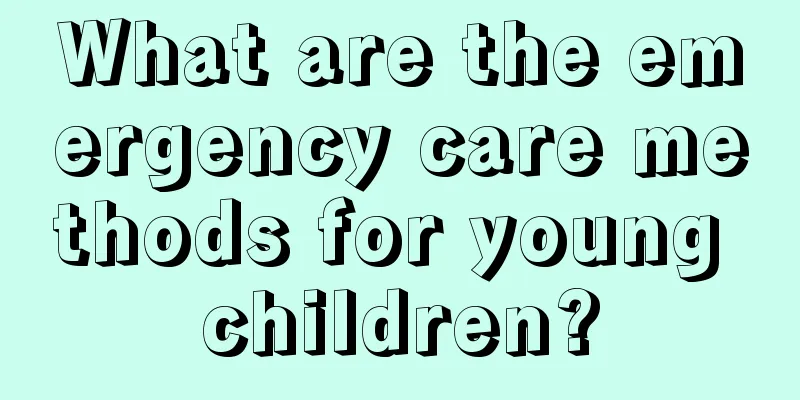What should I do if my baby is allergic to milk?

|
We all know that breast milk is the safest and most reliable first choice feeding method for babies, but when breast milk is insufficient, we have to consider feeding with milk. In fact, although feeding with milk can make the baby white and plump, it will also bring some troubles to mothers. For example, some babies will have milk allergies. What should we do for babies who are allergic to milk? Let us learn about the basic knowledge about allergies. Steps and methods: 1. Breastfeeding your baby: Your baby is allergic to milk. If you are breastfeeding, then the mother should limit the intake of some dairy products, because milk proteins that can cause allergies may enter the breast milk and cause allergies in the baby. You'll also want to talk to your doctor about finding food sources of calcium and other important nutrients that can replace dairy products. 2. Babies fed with milk powder: If the baby is fed with milk powder, it is best to choose milk powder containing soy protein. If your baby cannot accept soy, the doctor will recommend that you choose low-antigen formula milk. The protein contained in this type of milk powder has been broken down into small particles, which makes it easier for the baby to absorb and reduces the chance of causing an allergic reaction. 3. Desensitization therapy to improve allergies: If the baby's allergic reaction to milk is mild, desensitization therapy can be used. The specific method is: if the baby is found to have allergic symptoms, stop feeding the original food for 2 weeks and use milk substitutes instead, such as milk cake powder, rice flour or goat milk. After 2 weeks, try feeding your baby with the milk again, with a trial amount of about 10 ml (about 2 tablespoons). If there is a slight allergic reaction, you can feed your baby 15 ml of milk after an interval of 3 days as long as it does not affect the baby's health. And so on, increase by 5-10 ml every 3 days. As the amount of milk increases, if the baby's allergic symptoms do not worsen but gradually improve, you can increase the amount of milk and shorten the interval between feedings until normal feeding is resumed. This method allows the baby to gradually adapt to milk drinks without causing nutritional imbalance. This method is suitable for most babies who are allergic to milk. Note: Although milk is rich in nutrients, it is still not as suitable for babies as breast milk, so mothers are encouraged to persist in breastfeeding. For babies with allergies, we mothers must first determine the allergens. For example, if the baby is allergic to milk, we should go to the hospital for a check-up to see which ingredients in the milk powder cause the allergies to the baby. Some babies are allergic to milk powder because the lactose content in the milk powder is too high. At this time, we recommend that mothers try a professional milk powder that does not contain lactose. |
<<: At what age can babies eat the whole egg yolk?
>>: What are the causes and solutions for babies' sudden milk allergy?
Recommend
What to do if your baby has scrotal effusion
There are many common problems for babies. The ch...
Is it right to drink apple water when the baby is constipated?
Constipation is a common disease. Not only adults...
There is a lump on my child’s neck. What should I do and how should I treat it?
Recently, some parents consulted me about the pim...
What to do if your one and a half year old baby grinds his teeth while sleeping
Some children often make their teeth chatter afte...
How to deal with children's dark eye bags
During the growth process of children, parents ne...
Symptoms of an inflamed belly button in babies
We all know that when a baby is in the mother'...
One year old baby always cries at night
The baby’s schedule is different from that of adu...
What should I do if my baby often has foot pain?
Foot pain is a very common phenomenon, especially...
The child has fever and a rapid heart rate
Toddlers are relatively young children. If there ...
Why do children have blood in their poop?
A normal person basically defecates once a day, b...
What to do if your child has insomnia
Children's insomnia is usually very distressi...
Which group of people is pediatric kneading therapy suitable for?
Nowadays, many children often need to take medici...
At what age do children usually start to lose their teeth?
As we all know, teeth play a very important role ...
What are the ways to lose weight through exercise for children?
Many children are prone to obesity due to various...
Redness inside the nostrils of a newborn
The inside of the nostrils of a newborn baby beco...









